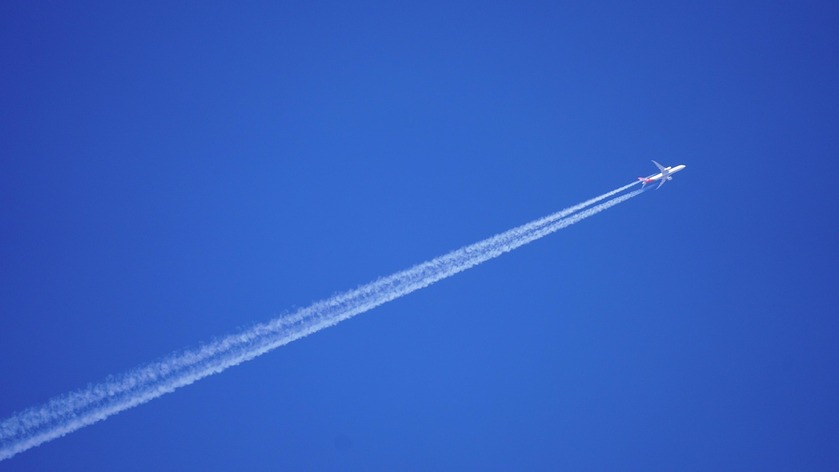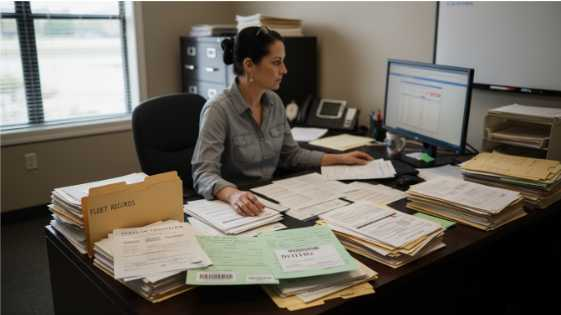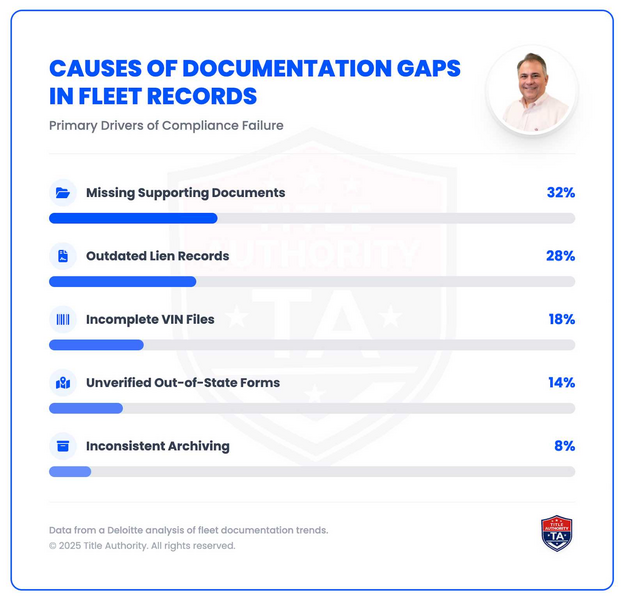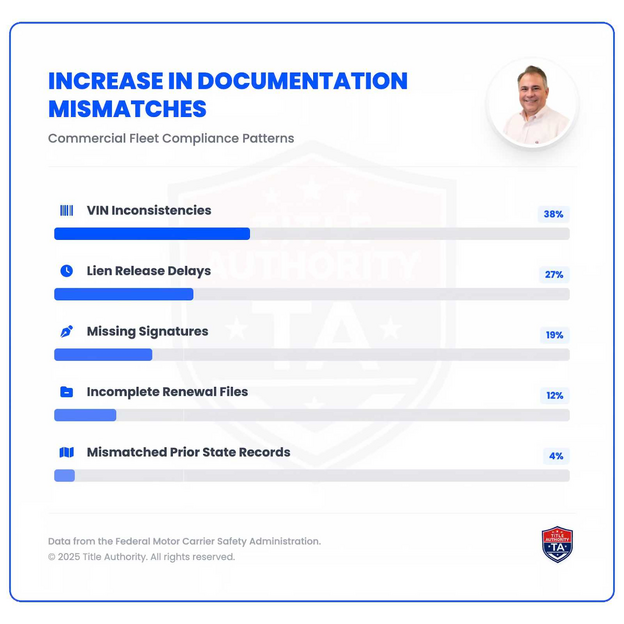
The global aviation sector operates within a complex web of regulations, contracts, and international laws. As air travel continues to expand across borders, airlines face mounting legal challenges that require careful navigation. From safety compliance and labor relations to cybersecurity and environmental policies, the legal framework governing aviation is constantly evolving. Understanding these issues is vital for both industry stakeholders and legal professionals specializing in aviation law.
Regulatory Compliance and International Law
The Expanding Web of Aviation Regulations
Airlines operate under a diverse range of national and international laws. The Federal Aviation Administration (FAA) in the United States, along with organizations such as the International Civil Aviation Organization (ICAO), set rigorous standards for safety, maintenance, and operational protocols. Compliance with these regulations is not optional—violations can result in severe penalties, grounding of aircraft, or loss of licenses.
Cross-Border Legal Conflicts
Because aviation is inherently international, conflicts between differing national laws can arise. For instance, a flight operated by a U.S.-based airline that lands in the European Union may be subject to EU data protection and environmental regulations. These overlapping jurisdictions often require specialized legal interpretation and cooperation between regulatory bodies.
Passenger Rights and Consumer Protection
Increasing Focus on Transparency
One of the most significant developments in airline law involves passenger rights. Regulations such as the EU’s EC 261 and similar U.S. Department of Transportation policies mandate compensation for flight delays, cancellations, and overbooking. Airlines must ensure full compliance with these standards while maintaining profitability.
Accessibility and Discrimination Laws
Beyond compensation issues, airlines must also comply with accessibility laws for passengers with disabilities and anti-discrimination statutes. Legal disputes in these areas have increased, prompting airlines to review policies regarding customer service, boarding assistance, and accommodations for passengers with special needs.
Labor Relations and Employment Law
Unionization and Collective Bargaining
Labor relations are another cornerstone of airline law. Pilots, flight attendants, and ground crew members are often represented by powerful unions. Negotiating collective bargaining agreements requires balancing employee rights with operational efficiency. Strikes and labor disputes can lead to costly disruptions and significant reputational damage.
Workplace Safety and Harassment
In addition to collective bargaining, airlines must also address workplace safety and harassment claims. The Occupational Safety and Health Administration (OSHA) enforces strict guidelines, while various international labor laws protect workers’ rights. Failure to comply with these standards can lead to legal actions, fines, or loss of workforce trust.
Data Privacy and Cybersecurity
The Rising Threat of Cyberattacks
With the increasing reliance on digital systems for reservations, flight management, and maintenance, airlines have become prime targets for cybercriminals. Breaches can expose passenger data and disrupt operations, resulting in massive financial losses and legal consequences. Data protection laws such as the EU’s GDPR and the U.S. Privacy Act impose stringent obligations on how airlines collect and store customer information.
Compliance with Global Data Standards
Because passenger data frequently crosses international borders, airlines must navigate complex data-sharing agreements and privacy frameworks. Legal teams must ensure that systems comply with local and international laws, a task that grows more complicated as new privacy laws emerge worldwide.
Antitrust and Competition Laws
Preventing Monopolistic Practices
Mergers and alliances are common strategies in the airline industry to improve efficiency and expand market reach. However, these moves often attract scrutiny under antitrust and competition laws. Regulators monitor such agreements to ensure they do not lead to unfair pricing, reduced competition, or monopolistic control of key routes.
Code-Sharing and Joint Ventures
Code-sharing agreements, while beneficial to passengers, can raise legal questions about competition and market dominance. Legal teams must ensure these partnerships comply with both domestic and international antitrust standards to prevent regulatory pushback.
Environmental Regulations and Sustainability
Carbon Emissions and Climate Accountability
Airlines face increasing pressure to reduce carbon emissions. Governments and international bodies are imposing stricter environmental regulations, such as emissions trading systems and carbon offset requirements. These measures have major legal implications, particularly concerning compliance reporting and environmental liability.
Sustainable Aviation Fuels (SAF)
The transition to sustainable aviation fuels introduces another layer of legal complexity. Airlines must navigate new contracts, safety certifications, and intellectual property issues associated with fuel technology. Non-compliance can lead to both financial and reputational risks.
Liability and Insurance Challenges
Product Liability and Maintenance Disputes
Aircraft manufacturing defects and maintenance errors can result in catastrophic accidents, leading to extensive litigation. Airlines must maintain robust legal frameworks for product liability claims, insurance coverage, and supplier accountability. Legal disputes in this area often involve multiple jurisdictions, making them highly complex.
Personal Injury and Wrongful Death Claims
In the aftermath of accidents or turbulence-related injuries, passengers and families often pursue compensation claims. These cases involve questions of negligence, jurisdiction, and applicable international treaties such as the Montreal Convention. Legal teams must navigate these issues carefully to minimize liability exposure.
Technological Innovation and Legal Adaptation
Drones and Unmanned Aircraft Systems (UAS)
The integration of drones and unmanned aircraft systems has opened new opportunities for surveillance, cargo, and inspection operations. However, this innovation also creates legal challenges concerning airspace regulation, privacy, and collision liability. As technology advances, so too must the legal frameworks that govern it.
Artificial Intelligence in Aviation
AI is now being used for predictive maintenance, scheduling, and even pilot assistance. Yet, this introduces questions about accountability in case of system failures or algorithmic bias. Legal professionals must grapple with evolving standards of liability as automation becomes more prevalent in flight operations.
The Role of Specialized Legal Expertise
Given the vast array of legal challenges confronting airlines, specialized legal support is crucial. Aviation law experts assist with regulatory compliance, litigation defense, contract drafting, and corporate structuring. The Aero Law Center provides comprehensive legal services to aviation clients, addressing complex cross-border issues and ensuring full adherence to international regulations.
For further professional guidance or consultation, law directories offer access to experienced attorneys specializing in airline and aviation law.
Conclusion
The airline industry operates in one of the most heavily regulated environments in the world. From compliance and labor relations to cybersecurity and environmental law, each legal challenge carries potential financial and reputational risks. As global air travel continues to evolve, airlines must remain proactive in adapting to new legal frameworks, fostering transparency, and investing in specialized legal expertise. Navigating these issues effectively not only ensures compliance but also strengthens the resilience and integrity of the aviation sector as a whole.




















